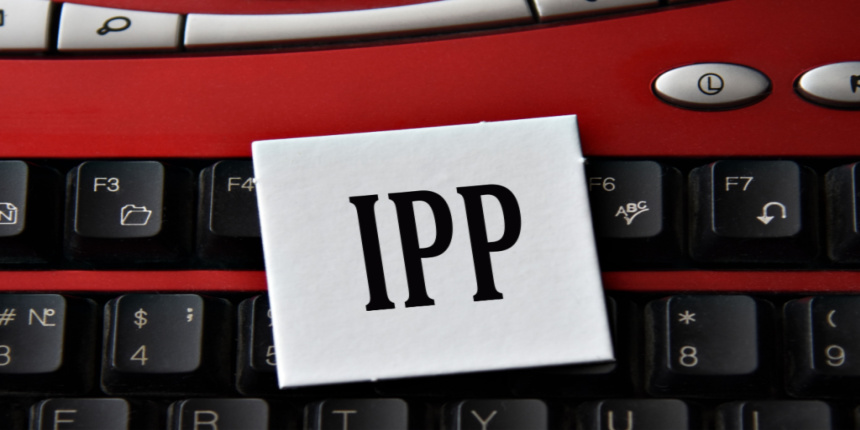IPP Full Form
What is the full form of IPP?
IPP stands for internet printing protocol. It is a collection of open standards that define a high-level network printing protocol. It can also be defined as a special type of protocol that connects client devices such as tablets, computers, and mobile phones to printers. All modern network printers of the modern world support IPP. It is capable of locally or across the internet. IPP protocols make printing more secure and it also forms the basis of a large number of printer logo certification programs. Clients can submit more than one print job to the printer to perform a particular task. IPP also supports authentication and encryption. To know more about internet printing protocol, its advantages, and disadvantages continue reading this article.
- What is the full form of IPP?
- What is IPP?
- Characteristics of IPP
- History of IPP
- Implementation of IPP
- Advantages of IPP
- Disadvantages of IPP

What is IPP?
The full form of IPP is Internet printing protocol, a specialized protocol that provides communication between clients' devices such as mobile phones, laptops, tablets, etc, and printers. It also allows sending more than one print job to the printers to perform several administrations such as canceling individual print jobs, obtaining the status of a print job, etc.
Characteristics of IPP
The following are important characteristics of IPP:
It allows easy communication between client-server and server - printer. It is a recent industry network printing protocol.
IPP provides a basic model that includes printers and jobs, and standard features for these printers and jobs.
These protocols also provide a set of standard operations: Required- Each of the objects must support the attributes. Recommend - Each of the objects should support the attribute. Optional - Each of the objects may support the attribute.
Object relationship: IPP objects have relationships that are retained persistently. They also store object attributes.
Capabilities: Job-template attributes and printer-description attributes are two important factors that define the state and capability of the printer object.
History of IPP
The proposal for creating the IPP project was started in 1996 by an American software and services company Novell.
In December 1996, the BOF session showed sufficient interest in developing printing protocols and led to the development of an internet printing protocol working group.
IPP/1.0 came in 1999.
In 2000, IPP followed it as a draft standard.
It was finally adopted as internet STD 92 by the market in June 2018.
IPP was published as a PWG candidate standard in 2009.
Implementation of IPP
IPP is implemented via HTTP(hypertext transfer protocol) and inherits all the security features and streaming features of HTTP. It allows a client to:
Submit print jobs to a printer.
Query the printer's status.
Cancel previously submitted reports.
Query the status of one or more print jobs.
Advantages of IPP
The following are some of the important advantages of IPP:
It helps the user to find the status of a print job or printer.
It allows clients to find printer capabilities.
It also helps the client by submitting the print job to the printers.
It also extends the network printing concept into the internet by using web infrastructure.
The client can cancel the previously submitted report.
IPP system users can be controlled by system administrators and operators.
Disadvantages of IPP
The IPP is very useful in various ways. But it also has some disadvantages. These disadvantages are explained below:
One of the disadvantages is that it needs an additional configuration for implementing IPP.
IPP also has some security issues.
Amorphous identification and sequence manipulation are also one of the limitations of IPP.
Frequently Asked Questions (FAQs)
All brother network-ready printers manufactured after 2000 support IPP protocol. But only those Brother printers support IPP protocol and have at least 8 Mbytes memory.
Different types of print media are: newspapers and weeklies, consumer and trade magazines, billboards and posters, print media selection, and direct mail.
To enable IPP printing select [Network]-[IPP] setting, then configure the following settings. Select [on] the to enable the IPP printing function.
The three main printing processes are planography, relief, and intaglio which include screen printing and lithography.
There are three main types of professional printing processes: digital printing, screen printing, and offset litho printing.
Yes, all modern printers support IPP. It is also implemented in software.